Dampness Problems
1stAssociated can provide help and advice with regard to surveys, structural surveys, residential building reports, commercial building reports, independent valuations, schedules of condition, property reports, specific defects report, or any other property matters.
As you can see from this article we use lots of sketches and photos in our reports as the feedback we have from our clients is that the sketches and photos help them understand the reports.
Please Free phone us on 0800 298 5424 and surveyor will call you back.
Free phone 0800 298 5424
Dampness Problems
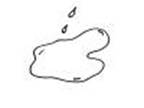 We were recently contacted by the Environmental Health Office of the Local Authority about dampness problems in an adjoining property to one which we manage, where the people next door had advised that there was dampness and mould, making it very unpleasant in their bathroom. The Environmental Health Officer had kindly gone round to have a look at both properties and thought there may be problems in our property from the drains causing water in next door's property, possibly via a cracked drain.
We were recently contacted by the Environmental Health Office of the Local Authority about dampness problems in an adjoining property to one which we manage, where the people next door had advised that there was dampness and mould, making it very unpleasant in their bathroom. The Environmental Health Officer had kindly gone round to have a look at both properties and thought there may be problems in our property from the drains causing water in next door's property, possibly via a cracked drain.
Inspection for dampness
 We visited to have a look at both properties. The adjoining property, which is a Victorian mid-terrace, which has undergone some refurbishment over the years, an original two rooms up, two rooms downstairs property, which had had the bathroom that was originally in the back bedroom moved to the rear of the ground floor into what would effectively have been the old storage/coal sheds. When we use the term sheds the structure is finished in a render and probably brick built.
We visited to have a look at both properties. The adjoining property, which is a Victorian mid-terrace, which has undergone some refurbishment over the years, an original two rooms up, two rooms downstairs property, which had had the bathroom that was originally in the back bedroom moved to the rear of the ground floor into what would effectively have been the old storage/coal sheds. When we use the term sheds the structure is finished in a render and probably brick built.
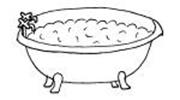 The owners were quite amenable and showed us round and we found that the bathroom had mould on the walls and in the tiles, which is probably from condensation. It also had rising damp (although please see our article on the mystery of rising damp) to the outer walls and the floor, and it also had, quite unusually, on the adjoining wall to the next door property within a service duct (basically a boxed in area around pipework) standing water of a few inches in depth. The cause of this water, to some extent, was a mystery. The obvious possibilities, such as leaking pipes had, we were advised by the owners, already been checked by a plumber and they wanted to explore the possibilities of leaking drains. We were more than happy to do this once some common sense checks had been carried out.
The owners were quite amenable and showed us round and we found that the bathroom had mould on the walls and in the tiles, which is probably from condensation. It also had rising damp (although please see our article on the mystery of rising damp) to the outer walls and the floor, and it also had, quite unusually, on the adjoining wall to the next door property within a service duct (basically a boxed in area around pipework) standing water of a few inches in depth. The cause of this water, to some extent, was a mystery. The obvious possibilities, such as leaking pipes had, we were advised by the owners, already been checked by a plumber and they wanted to explore the possibilities of leaking drains. We were more than happy to do this once some common sense checks had been carried out.
Victorian drains
As surveyors we come across problems with Victorian drains quite frequently. Having said that, given the age of the drainage system it is not surprising that if there haven't been repairs or operations over the years that there are some problems with it. Typical problems that we find are leaks to the drains, particularly to the rear drains that are situated near the kitchen area. This, we believe, is nothing more than wear and tear and is relatively common for the leaking of the drains to cause minor structural movement to the rear of the properties. There are various ways to repair the drains: everything from digging them up, although this can be costly and inconvenient, particularly if you have a nicely patio garden area, to lining the drains, though again this can be expensive. First of all you need to have some checks carried out.
Common sense checks for drain leaks
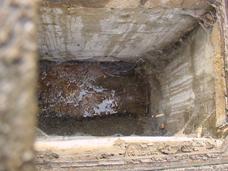
The first thing we would always do is to try and establish where the drains are running. By this we mean identifying the manholes and the drainage runs from the house and trying to establish where they run.
It is relatively easy if there are manholes present as it is literally manhole to manhole and water can be run from the taps to check this. We have even used dye in the test just to establish which drains come from which section of the house.
Drain leak test
To do the drain leak test we locate the manhole and literally run the taps to see if the amount of water coming out is similar to that going through the drains. It is very rare for it to be different, but we have come across one or two cases over the years.
Drains and dampness problems
Often with drainage problems there is a blockage or dampness and it can be a rush to find a solution, but it is worth standing back and thinking about what your investigations have shown and how best to proceed. For example, with the dampness problem it may not relate to the drains at all.
Closed circuit TV cameras
Over the years we have found closed circuit TV camera inspections to be very useful. The problem with them is being able to get the camera down the drain, but when the closed circuit TV people had managed to do this and produced a written report the information has been very useful. In fact for the cost we would recommend it when purchasing an older property. Unfortunately, in this particular instance it was impossible to get a camera down the drain. We therefore pressure hosed the drains, which is a good thing as the water will clear any blockages.
Still a problem with dampness
We cleared the drains in the property that we manage and spoke to the neighbours who had the original damp problem and they advised that they still had the damp problem. We therefore checked their property and found:
Checking next door's property
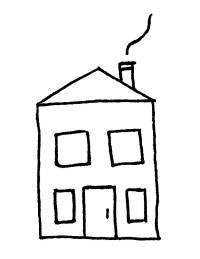 Before we say what we found about the dampness, let us just explain what we have done to check.
Before we say what we found about the dampness, let us just explain what we have done to check.
We looked at the roof, at the walls to see if any dampness was coming in this way, and we also took taken readings with a differential damp meter (we do appreciate that any connoisseur reading this that these meters are specifically designed for timber, but they still give a good indication of problems on walls) to check for dampness by doing a relative comparison with the other walls. These readings meant that there was dampness in the floor and in the walls.
We believe the dampness relates to either leaking pipes or condensation on the pipes.
Wall problem with dampness
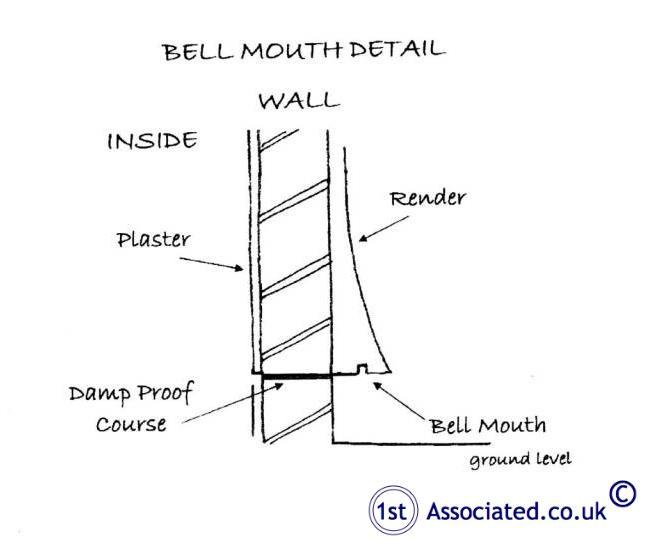
We would normally expect there to be some problems with dampness coming in via the walls, or up the walls, but in this instance the property has been relatively newly rendered, approximately five to ten years ago. The rendering is well detailed, including a bell mouth at the base.
Bell mouths form drip details, which throw the water away from the base of the property.
Lack of ventilation
We also noted that the ventilation in the bathroom is via opening the windows; always a dangerous way to have ventilation, as it involves someone actually opening the windows, which often doesn't happen, particularly where properties are rented out and people are watching the pennies for the heating bill.
Accordingly, we would also recommend a large humidity controlled extract fan is added.
Please contact us
Please contact us for help and advice on dampness problems, condensation, wet rot or dry rot of any sort , commercial surveys, building surveys, structural reports, engineers reports, specific defects report, structural surveys, home buyers reports (both pre-sale and post-sale) or if you are looking to have the property developed (development appraisal), or any other property matters please contact 0800 298 5424 for a surveyor to give you a call back.
If you have a commercial property, be it leasehold or freehold, then you may wish to look at our Dilaps Website at www.DilapsHelp.com and for Disputes go to our Disputes Help site www.DisputesHelp.com .
We hope you found the article of use and if you have any experiences that you feel should be added to this article that would benefit others, or you feel that some of the information that we have put is wrong then please do not hesitate to contact us (we are only human).
The contents of the website are for general information only and is not intended to be relied upon for specific or general decisions. Appropriate independent professional advice should be paid for before making such a decision.
All rights are reserved the content of the website is not to be reproduced or transmitted in any form in whole or part without the express written permission of 1stAssociated.co.uk.

